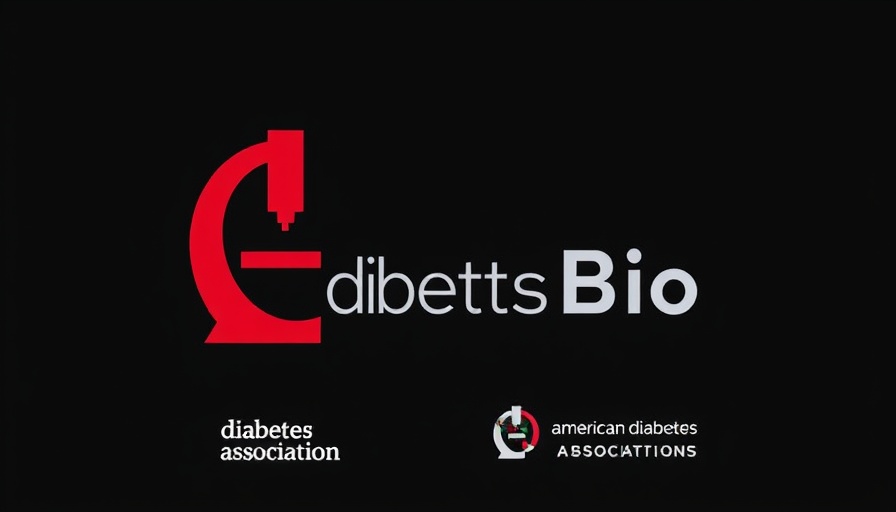
Understanding the Connection Between TyG, TyG/HDL-c, and Diabetes Risk
Recent research highlights the importance of triglyceride to glucose (TyG) and TyG to high-density lipoprotein cholesterol (TyG/HDL-c) ratios in predicting diabetes risk for individuals with nonalcoholic fatty liver disease (NAFLD). These measurements provide new insights that may lead to better screening and prevention strategies in high-risk populations.
The Growing Concern of Nonalcoholic Fatty Liver Disease
Nonalcoholic fatty liver disease is increasingly prevalent, affecting up to 30% of the global population. It is linked to obesity and metabolic syndrome and serves as a precursor to diabetes and other serious health issues. Understanding the biochemical markers associated with NAFLD can aid in identifying patients who are at greater risk for developing diabetes.
Decoding TyG and TyG/HDL-c Ratios: What They Mean for Health
The TyG index combines triglycerides and glucose to provide a more comprehensive view of metabolic health. Elevated values indicate insulin resistance, a significant risk factor for diabetes. Similarly, the TyG/HDL-c ratio further refines this assessment by incorporating HDL levels, revealing intricate relationships between fatty liver disease and diabetes risk.
Clinical Implications: Early Detection is Key
The identification of TyG and TyG/HDL-c ratios as indicators of diabetes risk presents significant clinical implications. Early detection through these biomarkers can lead to timely interventions, lifestyle modifications, and preventative strategies, ultimately reducing long-term health complications associated with diabetes.
Counterarguments: A Complex Relationship Remains
While the findings are promising, some researchers caution against relying solely on these ratios. Diabetes risk is multifaceted, influenced by genetic, environmental, and lifestyle factors. Therefore, healthcare providers should adopt a holistic approach when considering risk assessment and management strategies.
Future Outlook: Diabetes Prevention Through Continuous Research
As research in this area evolves, there remain opportunities for ongoing studies to explore how TyG and TyG/HDL-c can be utilized in everyday clinical practice. This could lead to enhanced understanding, innovative screening protocols, and more targeted interventions designed to thwart the progression of diabetes in patients with NAFLD.
In conclusion, the connection between TyG, TyG/HDL-c, and diabetes risk in patients with nonalcoholic fatty liver disease is a developing area of study that holds significant promise for improving health outcomes. For healthcare professionals and patients alike, staying informed about these evolving biomarkers may pave the way for proactive health management.
 Add Row
Add Row  Add
Add 




Write A Comment